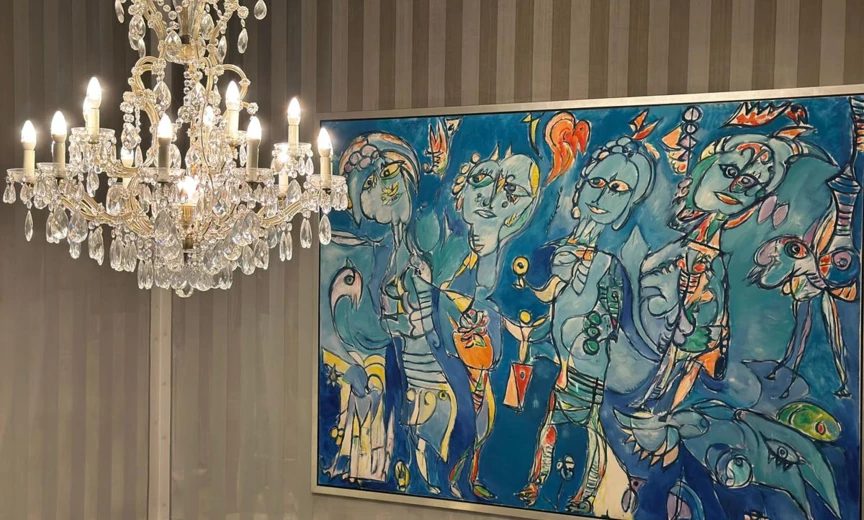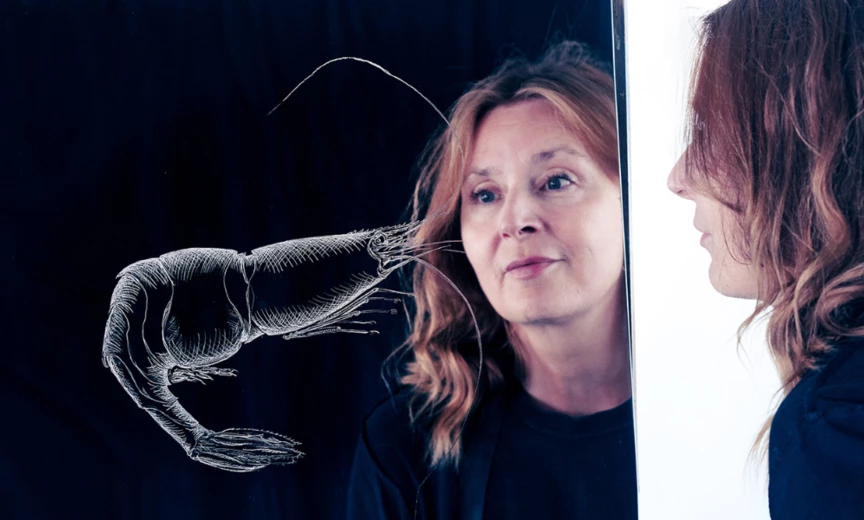

ENDURING ARTISTRY
The most beautiful hotel in Denmark has more to offer than surface charms. d'Angleterre is a timeless place, where inspiration has free rein and permission is given to stand out.
Look beyond our elegant chandeliers and stately pillars and discover moments of modernity, creativity and rejuvenation. You feel it in the contemporary art and fresh interiors: this is a story with momentum.
ART AND CULTURE
d'Angleterre is a treasury of art and a hub for exciting cultural events year-round.

THE D'ANGLETERRE STORY
Our magnificent, 270-year-old building is a Copenhagen landmark, balancing stately Victorian architecture and contemporary Nordic design. Inspired by its past, always looking to the future, d’Angleterre has undergone many iterations through the years.
D’Angleterre has 92 rooms including 55 suites, as well as a Michelin-starred restaurant, contemporary spa, pâtisserie, and Champagne bar.
A sense of beauty, taste and finesse inspires all that we do, from evolving the masterfully refined surroundings and sensations of the hotel to championing the vibrant culture and art of Copenhagen. We are truly excited to share it all with you.
TIMELINE









































